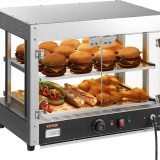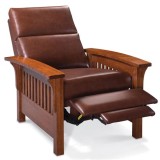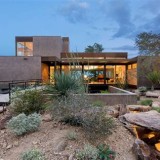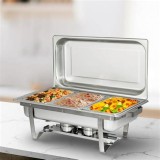Essential Aspects of Building a Farm Table
Constructing a farm table requires careful consideration of several essential aspects that ensure its functionality, durability, and aesthetic appeal. These elements guide the entire building process, from material selection to joinery techniques, ensuring a successful outcome.
This article delves into the key aspects of building a farm table, providing insights into the choices and considerations involved in each step. By understanding these elements, you can create a sturdy, visually pleasing, and practical farm table that serves its purpose for years to come.
1. Material Selection
The choice of material for a farm table significantly affects its durability, weight, and appearance. Consider the following options:
- Hardwoods: Maple, oak, and walnut are popular choices due to their strength and resistance to wear and tear.
- Softwoods: Pine and fir are more budget-friendly options, but they are softer and require more care.
- Reclaimed Wood: Using reclaimed wood adds a unique character to your table while being environmentally friendly.
2. Tabletop Design
The tabletop design determines the table's overall size and shape. Consider the following options:
- Rectangular: The most common shape, suitable for both indoor and outdoor use.
- Round: Provides a more intimate dining experience and can accommodate more people.
- Oval: A compromise between the rectangular and round shapes, offering a sense of flow and elegance.
3. Leg Design
The legs support the tabletop and contribute to the table's overall stability and aesthetic appeal. Consider the following options:
- Straight Legs: The simplest and most common design, providing a modern and minimalist look.
- Tapered Legs: Narrowing towards the bottom, tapered legs add a touch of sophistication.
- Turned Legs: Lathed or carved legs create a more ornate and traditional look.
4. Joinery Techniques
The joinery techniques used to assemble the table affect its strength and durability. Consider the following methods:
- Dowel Joints: Wooden dowels are inserted into pre-drilled holes to secure the pieces together.
- Mortise and Tenon Joints: A mortise (hole) is cut into one piece, and a corresponding tenon (peg) is formed on the other, providing a strong and secure connection.
- Biscuit Joints: Slot cutters create matching grooves in both pieces, and a biscuit (compressed wood wafer) is glued into the grooves to hold them together.
5. Finishing
The finishing process protects the table from moisture and wear and enhances its aesthetic appeal. Consider the following options:
- Oil Finishes: Penetrating oils soak into the wood, highlighting its natural beauty and providing a durable protective layer.
- Varnish Finishes: Clear and glossy, varnish forms a protective layer that resists moisture and scratches.
- Wax Finishes: A traditional choice, wax provides a matte finish that is easy to apply and maintain.

How To Build A Farmhouse Table

Farmhouse Table Updated Pocket Hole Plans Ana White

Diy Farmhouse Table And Bench Honeybear Lane

How To Build A Farmhouse Table

How To Build A Farm Style Table

Diy Farmhouse Table Love Grows Wild

How To Build A Farmhouse Table From Scratch 10 Project Ideas

Diy Farmhouse Dining Table Free Plans And Tutorial

How To Build A Farmhouse Table

How To Make Your Own Farmhouse Table Woodworking Projects Diy Wood








